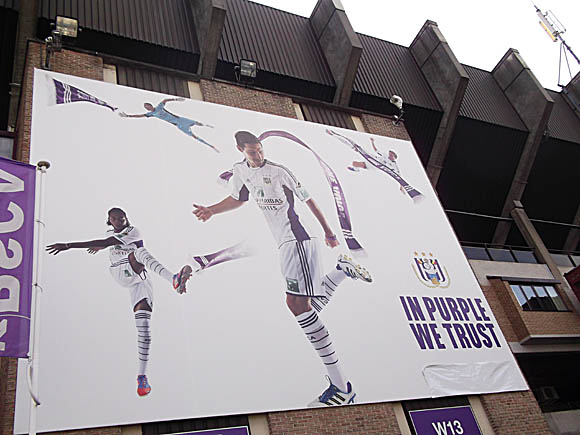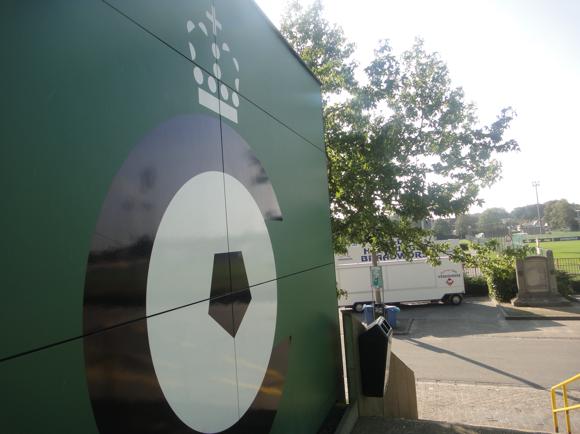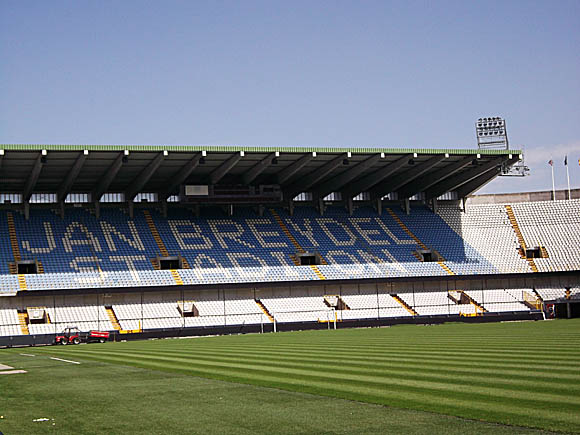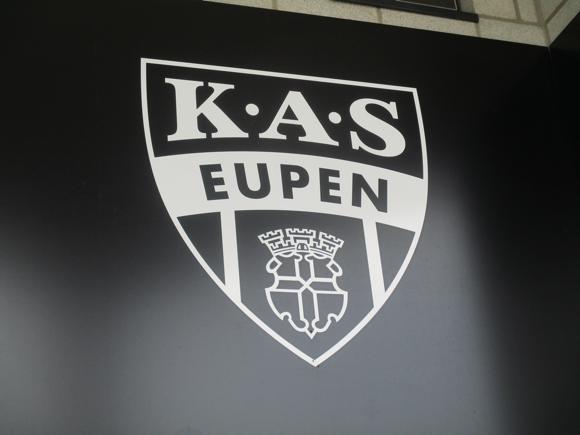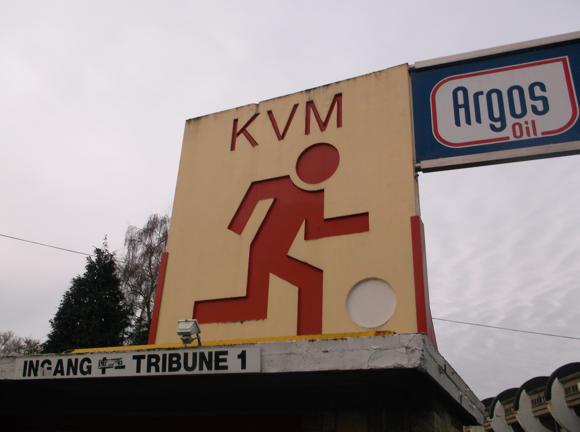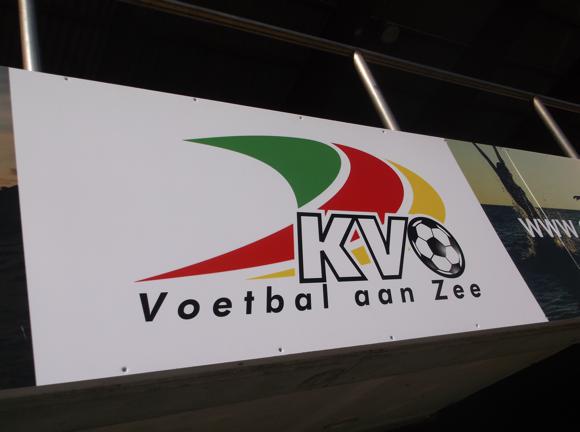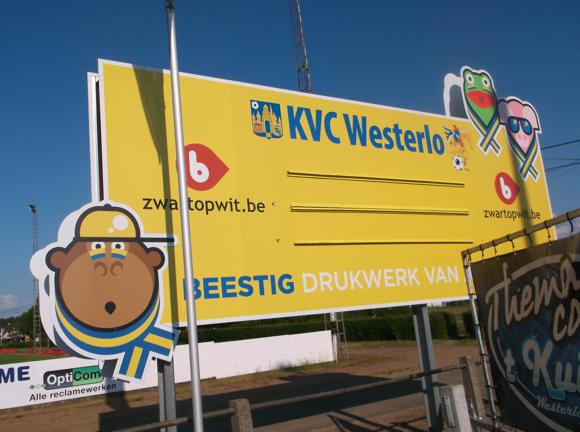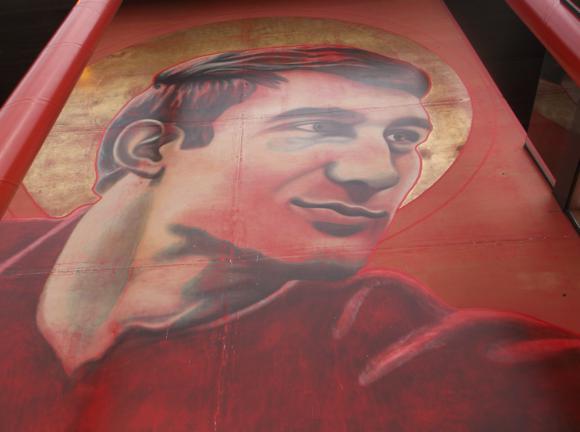A fan’s guide – the club from early doors to today
Universally known as ‘Essevee’, Zulte Waregem have certainly shaken things up in the Belgian game since winning the Second Division in 2005.
Formed from a 2001 merger between KSV Waregem and Zultse VV, Z-W have been regular top-six finishers and twice Belgian Cup winners.
Playing at the Regenboogstadion, former home of KSV Waregem, feisty European competitors in the 1970s and 1980s, Zulte Waregem needed four years to reach the top flight after the merger and have stayed there since.

Under Francky Dury, coach at Zultse VV through the 1990s and Zulte Waregem through the 2000s, the Essevee reached the Belgian Cup final in 2006. Pegged at 1-1 by Mouscron, Z-W sent their 16,000 fans home happy from Brussels when Tim Matthys fired in a stoppage-time free-kick.
Matthys popped up to score vital goals in the club’s impressive debut campaign in Europe, beating Lokomotiv Moscow to overcome Austria Vienna and Sparta Prague in the group stage then fall to Newcastle in the first knock-out round.
ZW lost their way after Dury’s departure in 2010 but revived with his return in during the winter break of 2011-12. The following season, Dury trusted his midfield to key young players Thorgan Hazard, brother of Eden, and teenager Junior Malanda, in sensational form as the red-and-green went 17 games unbeaten.

Hazard, on loan from Chelsea, became Player of the Season in Belgium while Malanda was signed by Wolfsburg then loaned back to Zulte Waregem for their European campaign. He would later die in a car crash in Germany when only 20.
At the climax to Hazard and Malanda’s seminal season of 2012-13, the Essevee took Anderlecht in the title decider, the main square of Waregem packed for the broadcast from Brussels. Ahead thanks to a goal from former Z-W youth player Jens Naessens, the Essevee then conceded a deflected free-kick, and the point was enough for Les Mauves to pip Zulte Waregem to a first title.
Swept aside by PSV Eindhoven in the Champions League qualifying stage, ZW had a patchy debut in the group stage of the Europa League, beating Wigan but twice losing to Rubin Kazan.

Long-term rumours of the club merging and/or moving had hardly generated confidence and Z-W fared little better in the same tournament the following season.
In 2014, construction started on a new Regenboogstadion, creating a 12,000-capacity stadium. The process continuing through 2016-17, as Dury brought back captain M’Baye Leye, another of the 2012-13 heroes, and introducing young Danish midfielder Lukas Lerager, a real talent.
It was his compatriot, solid defender Brian Hämäläinen, who would slot away the last spot-kick to beat Ostend in the Belgian Cup final at the end of the season.

n 2014, construction started on a new Regenboogstadion, creating a 12,000-capacity stadium. The process continuing through 2016-17, as Dury brought back captain M’Baye Leye, another of the 2012-13 heroes, and introducing young Danish midfielder Lukas Lerager, a real talent.
It was his compatriot, solid defender Brian Hämäläinen, who would slot away the last spot-kick to beat Ostend in the Belgian Cup final at the end of the season.
At last able to host a European campaign at the Regenboogstadion, ZW were trounced by Nice, 5-1, in the subsequent Europa League group stage, but managed wins away at Vitesse Arnhem and at home to Lazio.
Coach Dury remains in place, as do stalwart keeper Sammy Bossut, hero of the 2017 cup final, and veteran defender Davy de fauw, whose stoppage-time strike but spot-kick miss kept pulses racing at the Regenboogstadion for the Europe League semi-final play-off with Lokeren in 2018. Genk then claimed the tournament berth in the one-leg final.





Stadium Guide
The field of dreams – and the stands around it
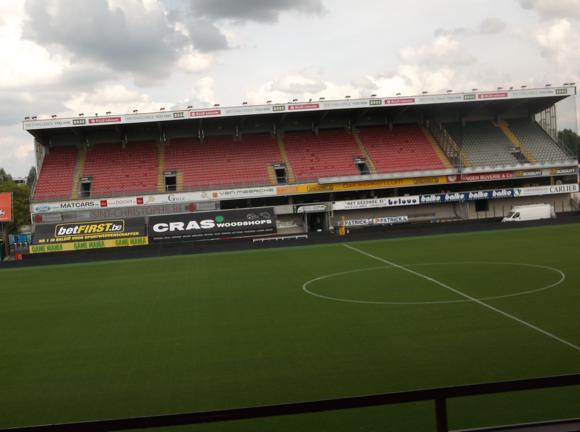

Rebuilt over four years and finished during the 2016-17 season, the Regenboogstadion (‘Rainbow Stadium’) was named after the cycling road-race championships it was first built to host, in 1957. Its lakeside setting in pretty parkland harks back to a more innocent time, before malls and multi-storey car parks were invented.
First home to KSV and then passed on to Zulte Waregem, the stadium has seen more than a decade or so of domestic league action but European games were staged in Bruges, Ghent and Brussels during the rebuild.
Present capacity is 12,300 – this was 20,000 plus when there were terraces behind each goal in KSV’s day.

The first part of the new redevelopment was the opening of Stand 4 nearest the lake in November 2014. It accommodates nearly 1,000 visiting fans in sectors 408 and 409, segregated as they arrive by a walkway over the water into an access tunnel. The away section usually displays the colours of the visiting team. Some 2,000 home fans also occupy Stand 4, entering by a different route.
The home end, though, is Stand 2, and remains a standing terrace, which will have to alter should Waregem host Champions League games. All-seated Stand 3 nearest the lake was also unveiled during 2016-17. The corners around main Stand 1 have yet to be filled in, though four sectors fill the corner between Stands 3 and 4.
getting there
Going to the stadium – tips and timings

The stadium is a 20min walk from Waregem station, bearing right along Noorderlaan immediately outside, and following the main road all the way round to Zuiderlaan. Cutting through town, via Stationstraat or Olmstraat to Markt, but be a little quicker. From Markt, it’s an easy 5-10min walk, either through the Stadswinkel shopping centre or round it.
Buses options from the station include the 58 and the 85 to Renbaan by the park area or 75 to Markt and walk. At weekends, these services are quite infrequent.
getting in
Buying tickets – when, where, how and how much

With a capacity at just over 12,000, availability is sometimes a problem if the visitors are from one of Belgium’s big clubs. Stands 2 and 4 behind each goal might sell out, with only few hundred tickets available in Stands 1 and 2 along the sidelines.
For most matches, though, tickets go on sale around 2-3 weeks before the game, up to the Saturday at noon in the case of a Saturday or Sunday game, or Friday late afternoon if a Friday evening game. Distribution is through the ticket office at the club shop (Tue & Thur 10am-12.30pm, 2pm-6.30pm, Wed & Fri 10am-12.30pm, 2pm-5.30pm, match-day Sat 9am-noon) and online, after creating a user account. For all queries and information, contact ticketing@essevee.be.
From 90 minutes before kick-off on match days, availability willing, all remaining tickets go on sale – for stands 1 and 4, go to the windows by the club shop, for stands 2 and 3, the stand by the pond.
Take ID just in case.
Prices range from €25 in sectors 101-109 in the lower tier of the main stand, to €30-€40 above and in the stand opposite. Standing places are usually taken by season-ticket holders and seats behind the goal opposite are also quickly snapped up.
Discounted rates for under-16s are €10-€15 in the lower and upper tier of the main stand/Stand 3 opposite.
what to buy
Shirts, kits, merchandise and gifts

Behind the main stand, the Essevee shop (Tue & Thur 10am-12.30pm, 2pm-6.30pm, Wed & Fri 10am-12.30pm, 2pm-5.30pm, match-day Sat 9am-noon, 90min before kick-off, 1hr after final whistle) sells pennants, flags, playing cards and sweatbands, all in red and green.
There are also currently five (!) choices of replica top, in red, white, black, blue and yellow.
Where to Drink
Pre-match beers for fans and casual visitors




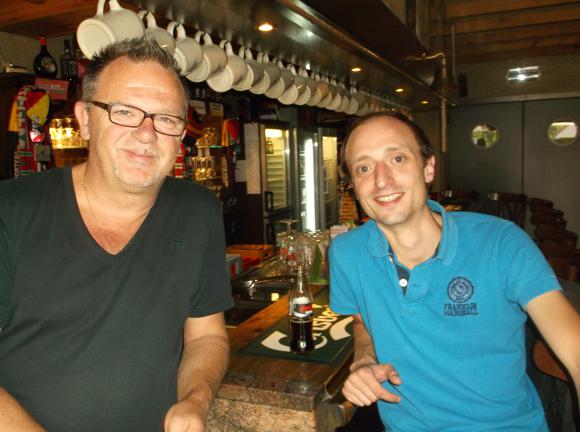
Hidden away in a quiet residential area about 1km from Zuiderlaan near the stadium, De Karekiet at Bessemstraat 20 is not only the definitive Z-W bar in town, it’s one of Belgium’s best football hang-outs.
Also known as the Supporterslokaal De Funvrienden (‘The Fun Supporters’ Bar’), it’s exactly that, with everything done out in red and green, not least the barstools created from old seats from the stadium, framed signed shirts and logo’d glasses. It’s also party-minded and welcoming to visiting neutrals. Supporters’ buses set off from its expansive forecourt.
Near the stadium, the Taverne Half Time is a busy spot on match days, fans filling the terrace on the busy main road of Westerlaan, at the junction with Henri Lebbestraat, just across from the stadium.
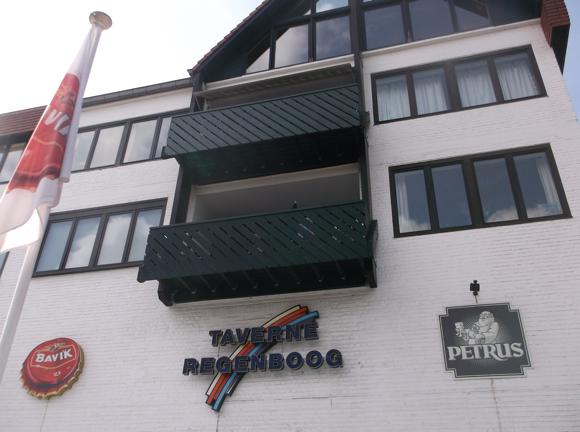




On the other side of the park from the stadium, overlooking the lake, the Boothuis suits a more discerning, moneyed supporter, but this upscale brasserie isn’t shy about its Essevee support – a framed ZW shirt dates from the time the venue opened in 2011.
Further round from the lake, the Taverne Regenboog at Meerstraat 72 is another classic fans’ bar, ZW scarves and a current league table ranged around a large room also containing a table for Belgian billiards. Just behind, older regulars meet in De Treffer, a bar attached to a municipal swimming pool. There’s a lakeside view from the terrace.
Part of the stadium’s redevelopment programme, the Essevee Café on the second floor on the main stand opens 1hr before kick-off on match days and half-time for home fans happy to part with €80 (€100 for ‘Topper’ games, ie Anderlecht, Bruges, Liège, Genk, Antwerp, Kortrijk and KAA Gent) for free drinks and sandwiches. In the case of a meal at the Bistro Berto in the Zuidercorner, it’s €225/€275.


